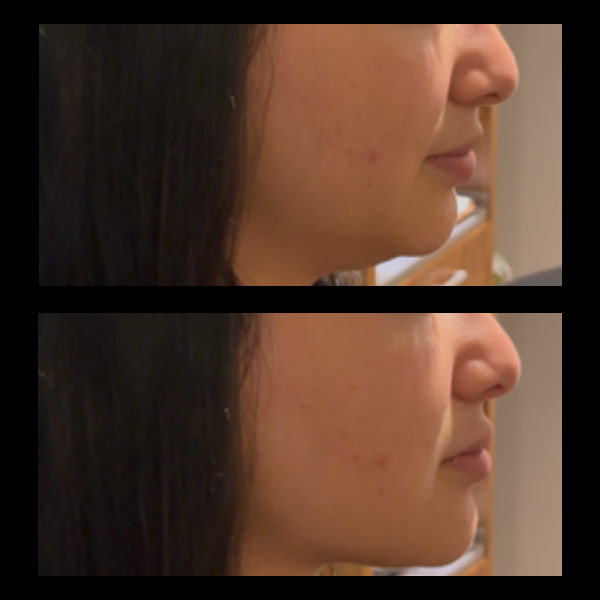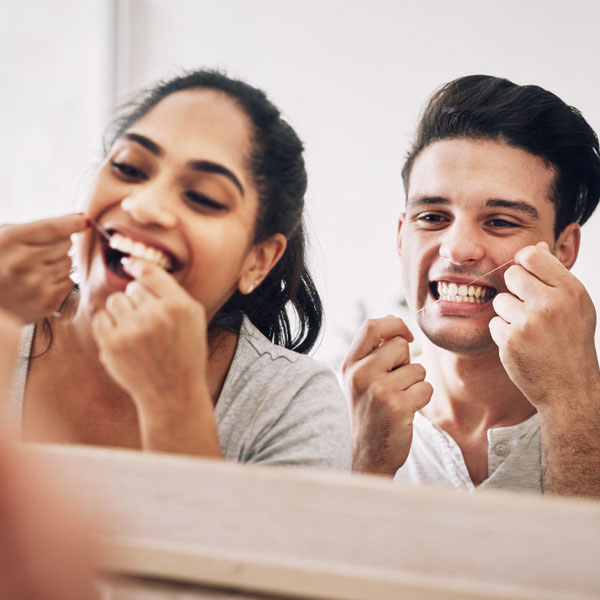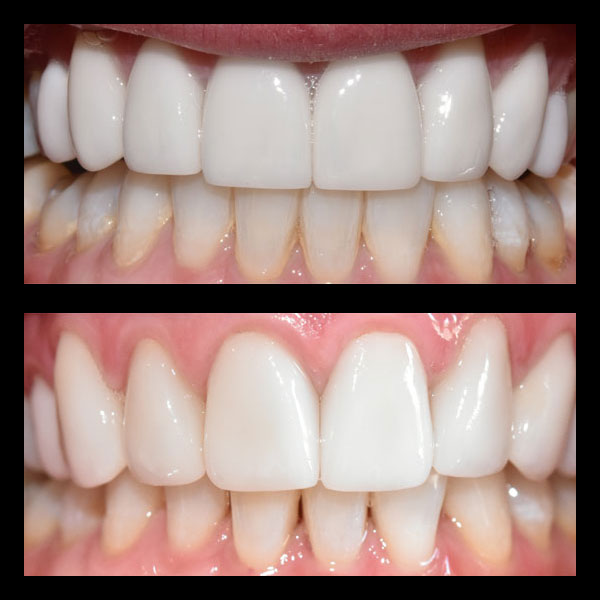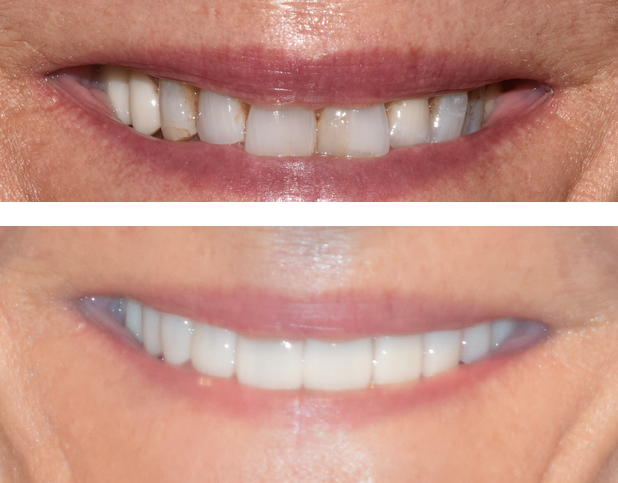The Art and Science of a Radiant Smile
Achieving a natural-looking and beautiful smile through cosmetic dentistry is a blend of artistic skill and scientific precision. One of the most critical, yet often overlooked, aspects of this process is the application of color theory. Understanding the nuances of how color works, specifically the concepts of hue, chroma, and value, is paramount for dental professionals at Incredible Smiles when creating restorations like veneers, crowns, and dental bonding that seamlessly blend with your natural teeth. This ensures your enhanced smile looks authentic and vibrant.
Deconstructing Dental Aesthetics: Hue, Chroma, and Value
To appreciate how dentists achieve such lifelike results, it’s essential to grasp the three dimensions of color as defined by the Munsell Color System, a model widely used in dentistry. These are:
- Hue: This is the actual color itself – what we typically think of as red, yellow, or blue. In dentistry, tooth hues are generally in the yellow-reddish range. For example, the Vita Classical Shade Guide, a common tool in dental offices, categorizes hues with letters (A, B, C, D) representing different base shades like reddish-brownish or reddish-yellowish.
- Chroma: This refers to the saturation or intensity of the hue. Think of it as how much of that base color is present. A tooth with high chroma will have a more intense, saturated color, while low chroma indicates a paler, less saturated shade. On the Vita guide, numbers typically indicate chroma levels.
- Value: This is arguably the most critical dimension in dental aesthetics and describes the lightness or darkness of a color. It’s judged on a scale from pure black to pure white. A tooth with high value appears brighter, while a low-value tooth looks darker or grayer. Importantly, value and chroma are often inversely related; as chroma (intensity) increases, value (brightness) tends to decrease.
The Interplay of Light and Tooth Structure
Natural teeth are not monolithically colored. They possess a complex structure with varying degrees of translucency, opacity, and even fluorescence, all of which influence how they interact with light and how their color is perceived. The outer enamel layer is relatively translucent, allowing some of the color of the underlying, more opaque dentin layer to show through. This interplay is what gives teeth their depth and vitality.
Factors like enamel thickness, dentin color, age, and even hydration levels can affect a tooth’s overall appearance. For instance, canines often appear slightly darker or have higher chroma than incisors due to their thicker dentin. Similarly, teeth tend to become darker and more opaque with age as enamel thins and dentin changes.
The Shade-Matching Process: A Meticulous Approach
Selecting the perfect shade for a dental restoration is a meticulous process that requires a keen eye, proper lighting conditions, and effective communication between the dentist, the patient, and the dental laboratory. Here’s a glimpse into how professionals like those at Incredible Smiles approach this critical step:
- Controlled Lighting: Color perception is highly dependent on the light source. Natural daylight, or specially designed color-corrected lights (around 5500K), is considered ideal for shade matching. Taking shades under different light sources helps ensure the restoration will look natural in various environments.
- Neutral Environment: Bright colors in the surroundings, like lipstick or vibrant clothing, can interfere with accurate color perception. Patients may be asked to remove bright lipstick, and a neutral-colored bib (often gray) might be used.
- Systematic Comparison: Dentists use shade guides, which are sets of tooth-shaped tabs with varying hues, chromas, and values. The process often involves first determining the value (lightness/darkness), then the chroma (intensity), and finally the hue (base color).
- Considering Tooth Zones: A single tooth isn’t uniformly colored. The cervical (gumline) area is often slightly darker or has higher chroma, while the incisal (biting) edge can be more translucent. Dentists map these variations to create a restoration that mimics this natural gradient.
- Patient Involvement: Your input is valuable! At Incredible Smiles, we believe in a collaborative approach. Discussing your expectations and preferences helps us achieve a result you’ll love.
- Digital Technology: Advanced tools like spectrophotometers and digital imaging systems can provide objective color measurements, complementing the dentist’s visual assessment for even greater accuracy. Our practice utilizes advanced technology like 3D cone-beam imaging and neuromuscular diagnostics to ensure precision in all aspects of your care.
Sometimes, a custom shade tab might be created using the actual restorative material to get the most accurate match, especially for complex cases. Viewing before and after dental photos can also help patients visualize potential outcomes.
Why Color Matching Matters for Your Smile
The goal of cosmetic dentistry is to create restorations that are indistinguishable from natural teeth. When hue, chroma, and value are perfectly matched, veneers, crowns, or fillings blend seamlessly, enhancing your smile without looking artificial. A mismatched restoration, however, can be aesthetically jarring and detract from your overall appearance.
For procedures like teeth whitening, understanding these color principles helps manage expectations and achieve a brighter, yet still natural-looking result. If you’re considering a full smile makeover, careful color planning across multiple teeth is essential for a harmonious and aesthetically pleasing outcome.
Color Science in Boulder, Colorado
At Incredible Smiles in Boulder, Colorado, Dr. Priya Uppal and Dr. Lori Kemmet combine their artistic expertise with a deep understanding of dental color science to deliver truly personalized and natural-looking results. Whether you’re interested in subtle enhancements or a complete smile transformation, our team is dedicated to achieving the perfect shade for your unique smile. We understand that the aesthetics of your teeth play a significant role in your confidence and how you present yourself to the world. Our spa-like environment and commitment to patient comfort ensure a relaxing experience as we craft your incredible smile.
We utilize comprehensive dental services, from general dentistry to complex full mouth reconstructions, always keeping aesthetic harmony at the forefront. If you’re in Boulder and looking to enhance your smile with perfectly matched restorations, our team is here to help.
Frequently Asked Questions (FAQ)
What exactly is ‘hue’ in relation to my teeth?
Hue refers to the basic color of your teeth, typically falling within a yellow or reddish-yellow spectrum. It’s the underlying shade that your dentist will match to ensure restorations look natural.
How does ‘chroma’ affect the look of my dental work?
Chroma is the intensity or saturation of the hue. Higher chroma means a more vivid, saturated color, while lower chroma is paler. It’s crucial for matching the vibrancy of your natural teeth.
Why is ‘value’ considered so important in shade matching?
Value is the lightness or darkness of the tooth color and significantly impacts brightness. Getting the value right is essential for a restoration to blend seamlessly and not appear too bright or too dull compared to adjacent teeth.
Will my new crown or veneer look natural in different lighting?
Yes, a key part of the shade-matching process is to assess tooth color under various lighting conditions, including natural daylight and artificial light, to ensure your restoration looks natural wherever you are.
Can my teeth be whitened to any shade I want?
While teeth whitening can significantly lighten your teeth, the final shade depends on your natural tooth color and its response to the whitening agent. The goal is to achieve a brighter, yet natural-looking smile that harmonizes with your features. During your complimentary consultation, we can discuss achievable results.
How does Incredible Smiles ensure accurate shade matching in Boulder?
At Incredible Smiles, we combine artistic expertise, meticulous visual assessment, advanced technology, and high-quality materials. We consider factors like hue, chroma, value, translucency, and your individual facial characteristics to create restorations that look and feel incredibly natural. We also welcome your input throughout the process.
Glossary of Dental Color Terms
- Hue: The specific color family (e.g., reddish-yellow).
- Chroma: The saturation or intensity of the hue.
- Value: The lightness or darkness of the color.
- Munsell Color System: A color space that specifies colors based on three properties: hue, value (lightness), and chroma (color purity).
- Shade Guide: A set of artificial tooth samples of different colors used by dentists to select the appropriate shade for restorations.
- Translucency: The property of allowing light to pass through, but diffusely, so that objects on the other side are not clearly visible. Enamel has a degree of translucency.
- Opacity: The property of not allowing light to pass through. Dentin is more opaque than enamel.
- Fluorescence: The emission of light by a substance that has absorbed light or other electromagnetic radiation. Natural teeth have some fluorescence.
- Spectrophotometer: An instrument used to measure the intensity of light as a function of wavelength, sometimes used in dentistry for precise color analysis.








